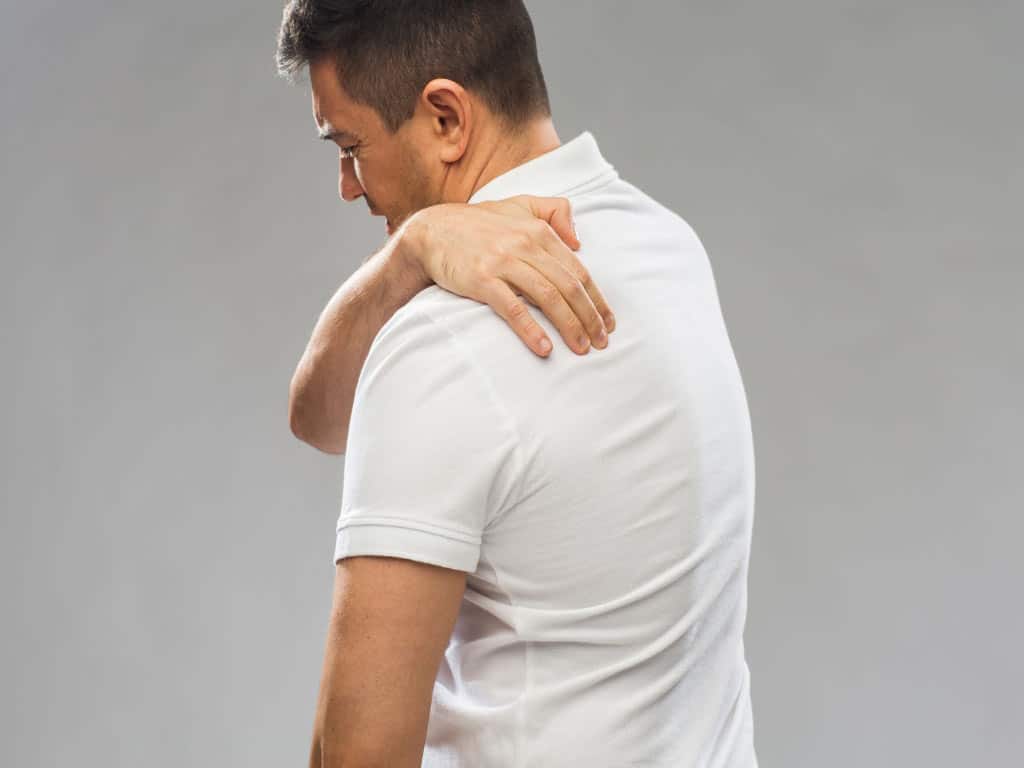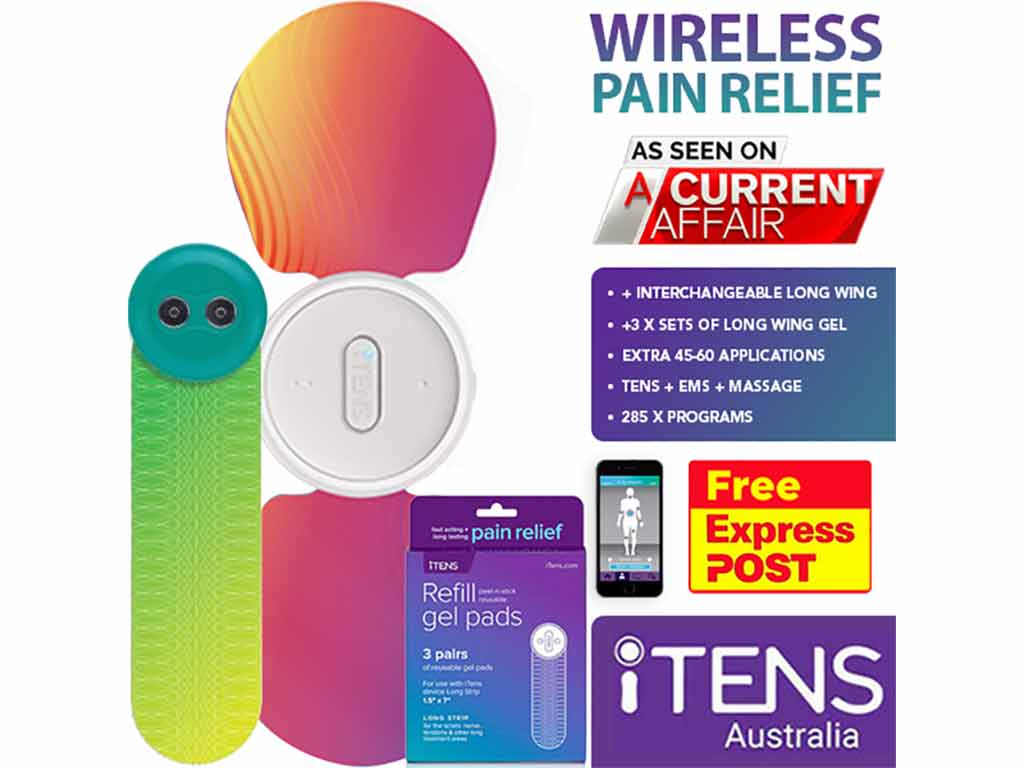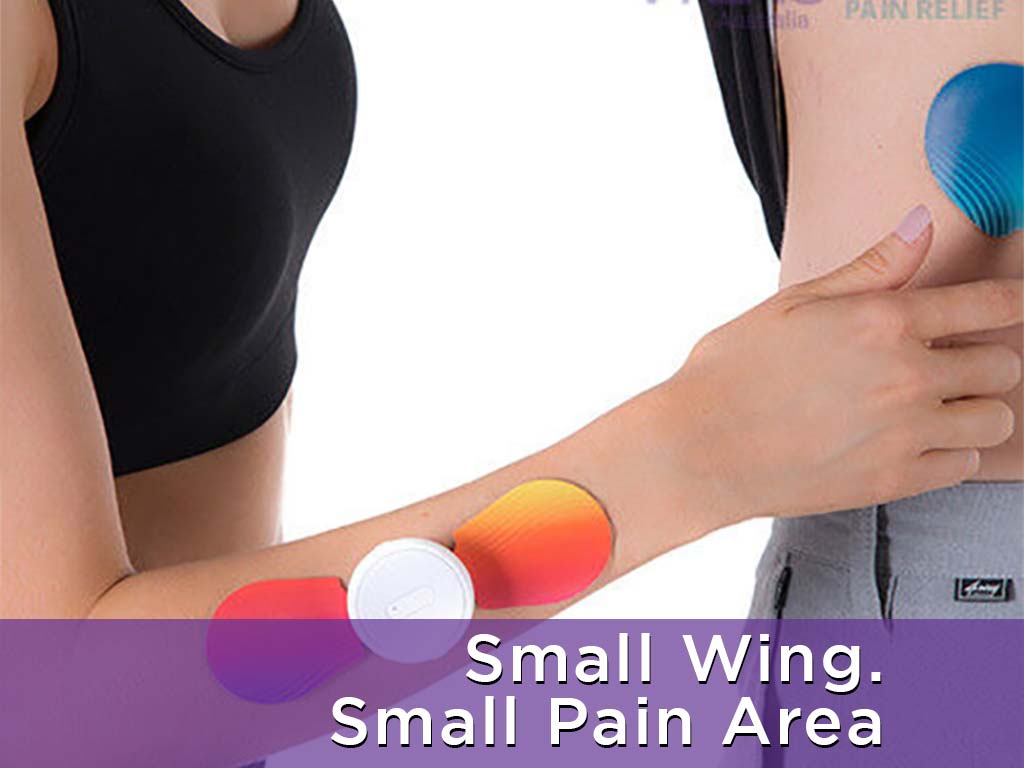
TENS, or Transcutaneous Electrical Nerve Stimulation, is a popular method of pain relief for muscle aches. It involves using a small device to deliver electrical pulses to the affected area through the skin. It works by releasing endorphins and overriding the nerve fibres to block pain signals to the brain. In addition, effective TENS muscle pain relief relies on proper pad placement and stimulation settings. Following the simple guidelines allows individuals to attain safe and non-invasive pain relief.
Muscle pain occurs due to various reasons. Overuse or excessive repetition, injuries, and underlying health conditions are some of the common causes of muscle aches. The symptoms can also range from mild to severe. Therefore, effective pain relief is essential. Using a TENS machine is one of the methods to reduce soreness and discomfort. This article will present what is TENS for muscle pain, how it works, and how to operate the device.
What is TENS for Muscle Pain Relief?
TENS for muscle pain relief is a non-invasive and drug-free treatment method that involves the use of electrical currents. This technique has been used for decades to manage various types of pain, including muscle aches and soreness. Moreover, the therapy utilises a portable device called a TENS machine. It is easy to use and requires simple adjustments.
Traditionally, TENS treatment is a common practice in clinical settings. A physical therapist or health professional administers the treatment to patients with chronic pain, injury, or post-operative pain. However, with the advancement of technology, TENS machines are now readily available for home use. This allows individuals to manage their pain in the comfort of their homes.
TENS machines have adjustable settings to control the strength and delivery of electrical impulses. A standard device has a handheld controller connected to sets of electrode pads through thin wires. On the other hand, some devices utilise wireless technology for more convenience and efficiency. A wireless TENS machine integrates Bluetooth connectivity to control the pain treatment from a smartphone.
Brief History of TENS Therapy
- Using electricity for pain relief dates back to ancient times when Egyptians and Greeks used electric fish to alleviate pain.
- The modern use of TENS therapy began in the 1960s when researchers discovered they could control the electrical currents to manage pain.
- The first modern TENS machine that was wearable was made available in the 1970s.
- TENS machines were first used to test the tolerance of chronic pain patients to electrical stimulation before implanting electrodes in the spinal cord.
- Over the years, healthcare saw the emergence of modern designs, including wireless TENS machines and specialised devices like labour TENS.

How TENS for Muscle Pain Relief Works
Several mechanisms explain how TENS for muscle pain relief works. The device delivers electrical pulses through electrode placement on the skin. Then, the pulses stimulate the underlying the underlying nerves and muscles. The first action involves activating the pain gate mechanism. This induces the spinal nerves to block the transmission of pain signals to the brain.
The second method is triggering the release of endorphins. They are natural painkillers that help reduce levels of pain intensity and enhance the overall mood and sense of well-being. Endorphins bind to opioid receptors and inhibit them from sending pain messages to the brain. Therefore, it can provide temporary pain relief without the use of drugs.
Furthermore, the soothing current flow from the TENS device helps to improve circulation. The increase in blood flow reduces the inflammation of sore muscles and relieves muscle tension. It also promotes the faster healing of injured or damaged body tissues. In totality, TENS therapy uses electrical signals to activate the natural mechanisms of how the body manages pain.
Benefits of TENS Therapy
Using TENS therapy for pain management offers numerous benefits. One of the key benefits is the ability to provide non-invasive and drug-free pain relief. It minimises the risk of adverse side effects usually associated with pain medications. Likewise, it reduces the need for invasive procedures like surgery or steroid injections.
A TENS device is also a versatile pain relief tool. It has adjustable settings that can help relieve acute and chronic muscle pain and other conditions. This enables individuals to customise their treatment based on their comfort level. Lastly, it provides targeted relief through the direct placement of electrode pads on affected areas.

How to Apply TENS for Muscle Pain Relief
Using TENS for muscle pain relief is easy, requiring a few simple steps. A vital thing to take into account is the proper pad placement and stimulation settings. Firstly, adhere the electrodes near the pain area. Ensure that the skin is clean and dry before putting the pads. Secondly, turn on the machine and adjust the frequency, pulse duration, and pulse amplitudes (intensity).
Setting the frequency may depend on the type of pain. For example, high-frequency TENS analgesia is ideal for acute pain, such as muscle strains or sprains. On the other hand, low-frequency TENS is better suited for chronic pain conditions like fibromyalgia. Additionally, it is advisable to start with the lowest level and gradually increase it to a strong but comfortable intensity.
Lastly, use the TENS device between 15 to 30 minutes at a time, up to several times a day, as needed. It is important not to exceed one hour to prevent skin irritation and muscle fatigue. Moreover, the frequency and intensity levels should be within the recommended range.
Pad Placement
Precise pad placement is vital when using a TENS machine. It involves identifying the pain location and positioning the pads in the area. In general, place the electrodes on either side of the most painful area. For lower back muscle pain, put one or more pads on each side of the spine.
An important tip for effective treatment is to avoid placing the pads over bony areas. Also, avoid areas near the heart, throat, and head. Bony prominences may cause discomfort, while sensitive regions may lead to adverse effects. It is best to consult a medical professional to ensure correct pad placement and usage.
Conclusion
TENS therapy is an effective and safe method for managing muscle aches and soreness. It is suitable for both chronic and acute pain conditions. TENS muscle pain relief works by delivering small electrical pulses through electrodes placed on the skin. This stimulates the nerves to block pain signals and trigger the release of endorphins. It also promotes better blood circulation to the affected area. Therefore, it provides natural pain relief and can serve as an alternative to pain medications.
One of the key advantages of using TENS machines is its portability and ease of use. Individuals can use the device at home or on the go. To operate the TENS unit, place the electrode pads on the treatment area and adjust the settings accordingly. It is also important to avoid sensitive areas to prevent adverse reactions. Following the usage and safety guidelines can help maximise the effectiveness of TENS therapy for muscle pain relief.







